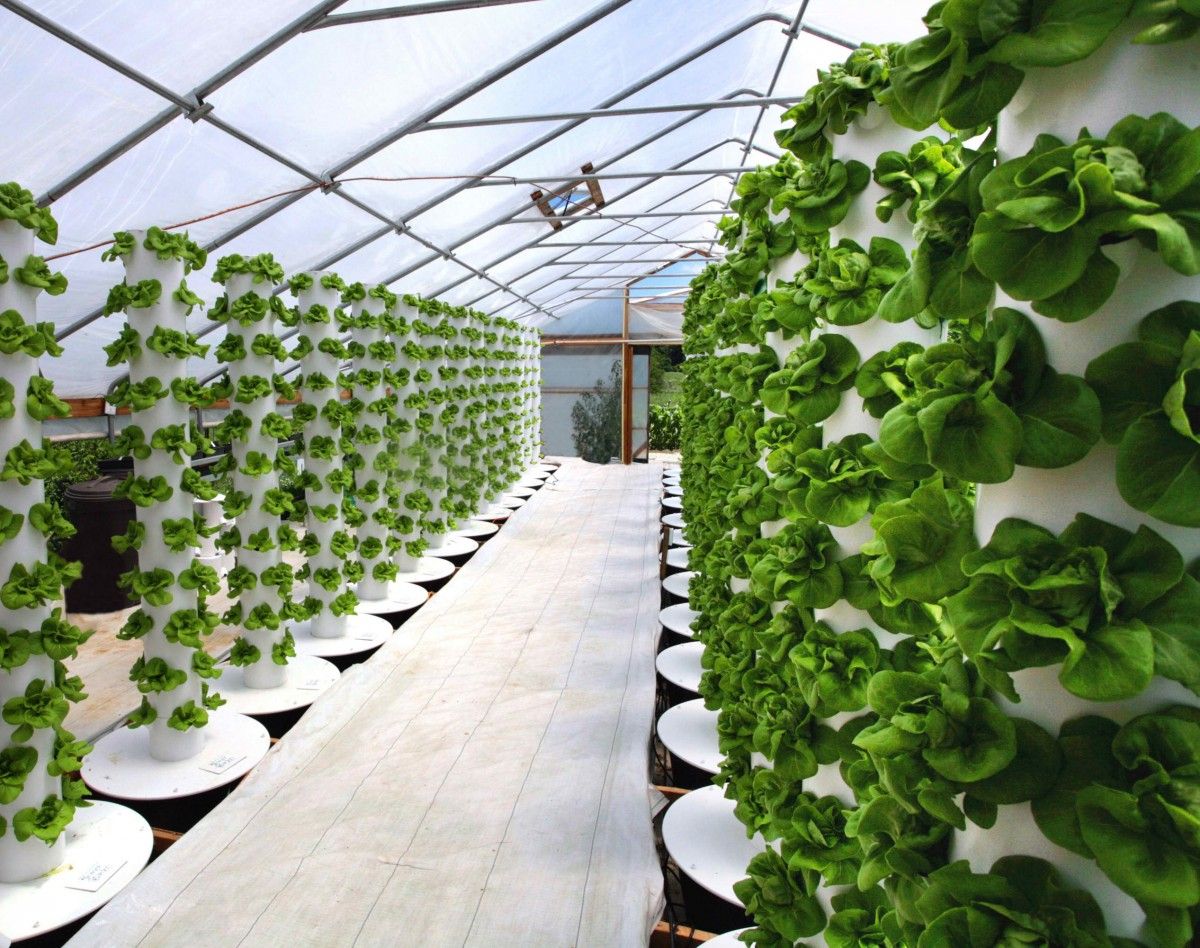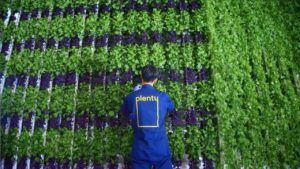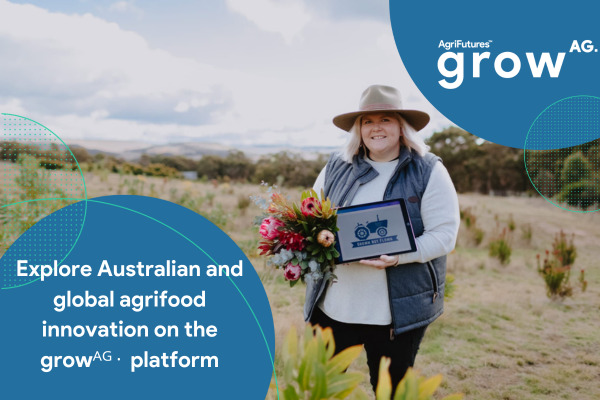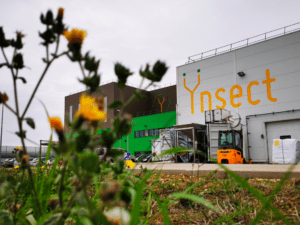Editors note: Nicola Kerslake is the founder of Newbean Capital, a registered investment adviser that manages early stage venture capital mandates for institutional investors. The firm also hosts Indoor Ag-Con, an industry event on the future of indoor agriculture. It’s next event is on March 31 and April 1 in Las Vegas, NV.
Indoor agriculture is a $500m+ industry in the US, according to market research firm IBISWorld, but we estimate the potential market at more like $9bn. We define indoor agriculture as growing produce and raising fish in warehouses, containers and greenhouses using hydroponic, aeroponic, and aquaponic techniques.
In its recently released annual investing report, AgFunder noted that indoor agriculture had a “breakout year” receiving 7% of invested dollars in 2014. This reflects the fact that the industry is changing rapidly – we expect the current 15 US commercial-scale vertical and rooftop greenhouse farms will be joined by 30 new ones this year alone.
The growth in this industry is being driven in large part by these six ‘mega-trends’:
- Automation
From automatic seed planters, to harvesting robots, to greenhouse roof washers, indoor agriculture has long relied on automation, and this trend is intensifying as enabling technologies become cheaper and more plentiful. Many technologies are still nascent; a Canadian research organization – Vineland Research and Innovation Centre – is currently trialing a robot that picks mushrooms for example. Others are already commercial, such as Harvest Automation’s nursery robot, which can rearrange plants in a nursery for you.
- Big Data
As in many industries, indoor farmers are beginning to develop ways to use big data, the internet of things, and predictive analytics to maximize yields and protect against crop losses. MIT’s CityFARM is running an open ag project to allow researchers to share data. Others are attempting to make controls more accessible. For example, Bay Area based startup Osmo Systems offers affordable hydroponic and aquaculture monitoring and alert services. It plans to sell a base unit monitor with seven sensors and WiFi connectivity for less than $500, compared to over $3,000 for some existing solutions. Over the next three months it says it intends to ship out 40 beta test units to hobbyists and farms around the globe.
- New Crops
Indoor farms have traditionally focused on growing leafy greens, as the likes of spinach, kale, lettuces, and herbs have generally been viewed as the easiest crops to grow in such systems. This approach is changing rapidly as farmers look for higher margin niches, especially ones where indoor farms have a natural advantage such as being able to protect delicate crops or growing off-season. Bright Agrotech – a firm that’s grown from a couple of founders to a decent sized team in the past year – suggests growing everything from strawberries to barley in its popular Zip Towers, vertical growing systems favored for their ease of use and elegant design. Elsewhere, Dutch greenhouse manufacturer Certhon has developed a mobile grow chamber that give freesias – a notoriously delicate flower – the optimal conditions for their growth, so allowing year round growing in any location.
- The Mega-Farm
As the sector becomes better integrated into the food supply chain, farmers are building larger facilities to meet demand from national grocers and distributors. For instance, Aerofarms recently announced that it will build the world’s largest vertical farm in New Jersey. Using aeroponic technology, the Company says it will be 75x more productive than a field farm, and repurposes an abandoned steel factory.
- The Nano-Farm
On the other end of the scale, the products targeted to small farmers and consumers have long been plentiful, but now they’re becoming more sophisticated. TechStars graduate Grove Labs, for instance, is one of several companies piloting hydroponic fridges designed to grow veggies in home or small commercial kitchens.
- Custom Greens
One of the great promises of indoor agriculture is that it will allow chefs to customize produce to meet their needs, whether that means an extra-lemony basil or a peppery microgreen. New Zealand startup Biolumic has figured out a way to use short zaps of UV light to imbue certain flavor profiles in plants shortly before they’re harvested.
Have news or tips? Email [email protected].
Featured Image: Agriculture Renaissance.
Note: This article does not constitute either investment or legal advice, which should be sought only from a qualified professional.















